Perineal urethrostomies are associated with complications that may mimic primary causes of feline lower urinary tract disorders. The most prevalent location for the obstruction is the penile urethra.
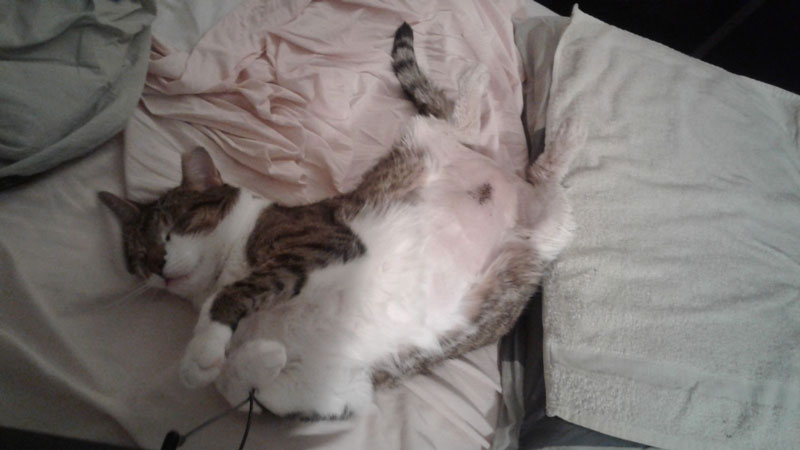
Week 1 My Cats Recovery After A Double Cystotomy Pu Surgery Our Detailed Account Suggestions For Care Post Surgery
Male cats are prone to urinary blockage.
Perineal urethrostomy cat side effects. When performed properly, complications are very few. Common complications can be invagination of the fur leading to pyoderma (skin infection) and ascending uti. It provides a permanent opening that is large enough to accommodate passage of most urethral calculi, crystals and mucoid debris.
Most male cats with urethral obstruction can be effectively treated without surgery. A perineal urethrostomy creates a new urinary opening that decreases the length of the urethra and allows urine to bypass this narrowed region. Urethral obstruction is a common problem in male cats.
This is a procedure which involves amputation of the distal urethra and anastamosis to the outside skin. Stenosis of the opening is a big concern but occurs most commonly because the urethrostomy was not created "high enough". Although perineal urethrostomy is usually a successful procedure when performed correctly, numerous serious complications have been reported, including stricture formation and recurrent obstruction, bacterial urinary tract infection (uti), sterile cystitis, subcutaneous urine leakage at the surgical site, urinary and fecal incontinence, rectal prolapse, rectourethral fistula formation, and.
Though postoperative urethral strictures may be minimized by proficiency with an effective surgical technique, removal of the distal urethra may result in bacterial urinary tract infections in 25% to 30% of patients after surgery. This can cause recurrence of symptoms or complete blockage. Perineal urethrostomies are associated with complications that may mimic primary causes of feline lower urinary tract disorders.
Straining to poop can place pressure on the surgical site and can cause sutures to loosen. What are the risks and complications with perineal urethrostomy surgery? Watch your cat for constipation or diarrhea, as both of these issues can cause complications to the surgery site and can be common side effects of anesthesia and certain medications.
Perineal hernias may cause constipation, the inability to urinate, straining, depression, abdominal pain, lethargy, incontinence, swelling on the anus, vomiting and other forms of pains/illness. The potential complications of surgery include the development of bleeding or swelling at the surgery site (usually transient) and stricture (scarring and narrowing) of the urethrostomy site. I think it's a very good option to look into, since your cat seems to have these episodes after experiences that frighten him.
A perineal urethrostomy will decrease the likelihood of future obstruction but will not prevent the symptoms of cystitis or lower urinary tract disease that already may be present. Your cat has had general anesthesia and surgery for perineal urethrostomy. Though postoperative urethral strictures may be minimized by proficiency with an effective surgical technique, removal of the distal urethra may result in bacterial urinary tract infections in 25% to 30% of patients after.
Five cats (5·8%) did not survive the first 14 days after perineal urethrostomy surgery; General anesthesia has expected side effects to brain, kidney, cardiac and respiratory function which typically do not cause a problem, and are managed by the nurse anesthetist. The perineal urethra is the location of choice for urethrostomy in cats.
Perineal urethrostomy does not prevent bladder inflammation or stone formation. Minimal irritation to site from licking. Perineal urethrostomy is a safe and life saving procedure.
Pets suffering from urethral blockage are surgically treated with a procedure known as feline perineal urethrostomy. 8 of 75 cats (10·7%) experienced severe signs of recurrent feline lower urinary tract disease. Another six cats (7·0%) did not survive 6 months.
Less commonly, perineal urethrostomy may also be. Scar formation occurs in some cats and leads to closing off the urethra. Thank you for trusting your cat to our surgical care.
In addition to pet's suffering from flutd, cats that experience trauma in the pelvic region or injury to the genitals require perineal urethrostomy. Feline perineal urethrostomy steve dullard dvm, dabvp (canine and feline practice) advantages no knots at surgery site and away from mucosa. Prevention of urethral blockage depends on.
Prolonged blockage can lead to detrimental effects to the kidneys. The overall risk of this procedure in a healthy cat is very low. Another six cats (7·0%) did not survive 6 months.
Cats are able to recover from this form of a hernia, but only through surgery and antibiotics. Bacterial urinary tract infections occur in 25% of cats within the first year after perineal urethrostomy. This surgery can decrease the likelihood of recurring obstruction.
Diarrhea can cause infection at the surgical site. There are risks with any type of anesthesia. Urethrostomy is generally performed in patients that are recurrent stone formers.
45 (60%) of these were asymptomatic after surgery; This usually causes the feline to be in a great amount of pain and discomfort. Complications associated with perineal urethrostomy in the cat.
8 of 75 cats (10·7%) experienced severe signs of recurrent feline lower urinary tract disease. During perineal urethrostomy, the vet will create another opening in the perineal area to facilitate easy. It felt like it was never going to end with the constant back and forth to the vets (often out of hours), obsession over what my cat was/wasn't peeing, catheters (in and out and being unable to insert).
I came across your blog searching for advice on cat food for post pu cats and just had to read it. This procedure is often performed when a male cat has repeated urinary blockage. Cats generally do very well after surgery as long as they are not allowed to lick or scratch at the area.
Five cats (5·8%) did not survive the first 14 days after perineal urethrostomy surgery; 45 (60%) of these were asymptomatic after surgery; I went through a very similar experience with my cat last year, and completely feel your pain.
I have assisted in about 15 of these in the last nearly 10 years as the owner of my practice is known around town for high success rates at a cheaper than specialist price.

Feline Perineal Urethrostomy Ventral Approach - Todays Veterinary Practice

Feline Lower Urinary Tract Disease Cornell University College Of Veterinary Medicine
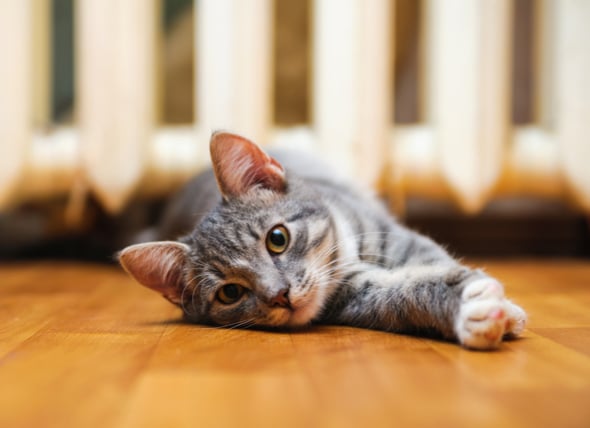
Pu Surgery In Cats Perineal Urethrostomy Petmd

Urinary Tract Infection And Subclinical Bacteriuria In Cats A Clinical Update - Abstract - Europe Pmc

Urinary Blockage In Cats Did You Know - Twin Trees Vet

Feline Lower Urinary Tract Disease In Charlottesville Va Charlottesville Cat Care Clinic

Pdf Traumatic Urethral Rupture Its Surgical Management With Temporary Cystostomy And Concurrent Wound Reconstruction In A Cat Semantic Scholar
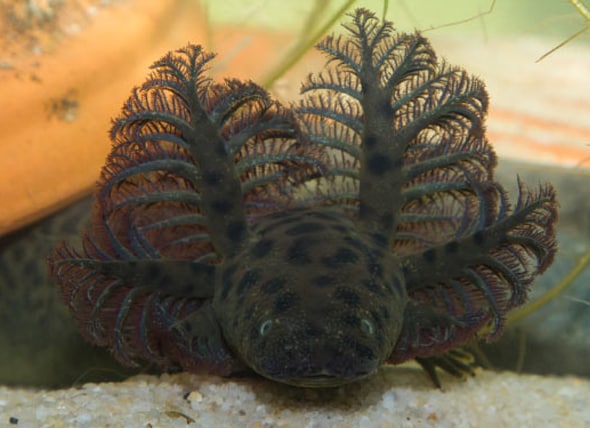
Pu Surgery In Cats Perineal Urethrostomy Petmd
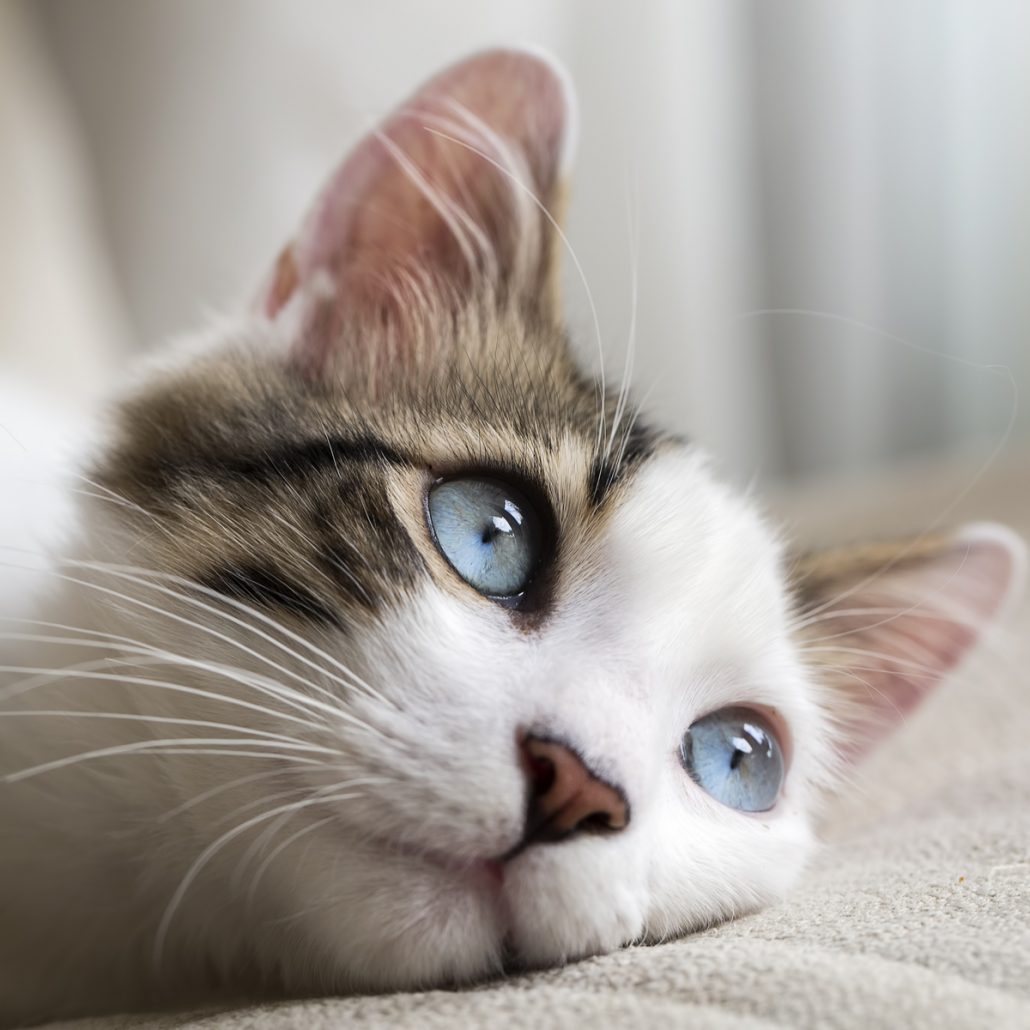
What To Know About Perineal Urethrostomy In Cats - Focus And Flourish

How To Perform A Feline Perineal Urethrostomy

Pdf Surgical Management Of Obstructive Urolithiasis By Perineal Urethrostomy In A Tom Cat
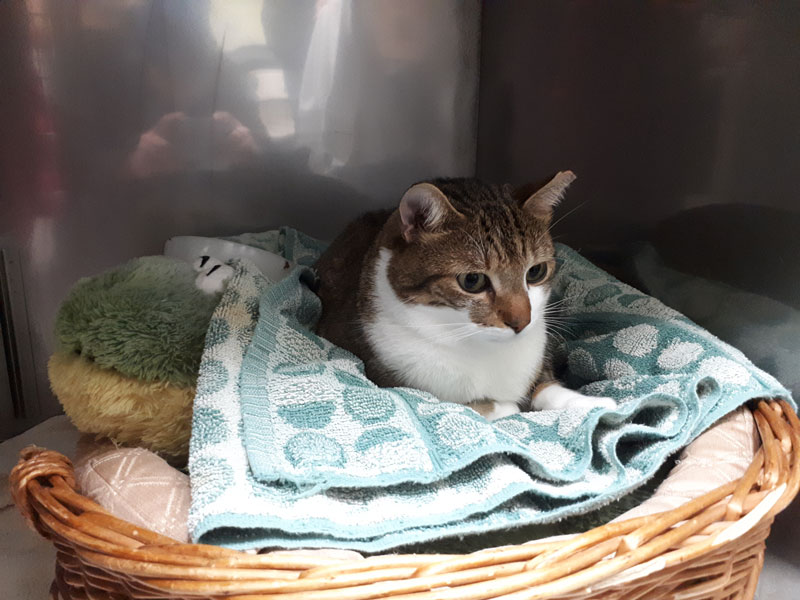
Week 1 My Cats Recovery After A Double Cystotomy Pu Surgery Our Detailed Account Suggestions For Care Post Surgery

Feline Perineal Urethrostomy Ventral Approach - Todays Veterinary Practice
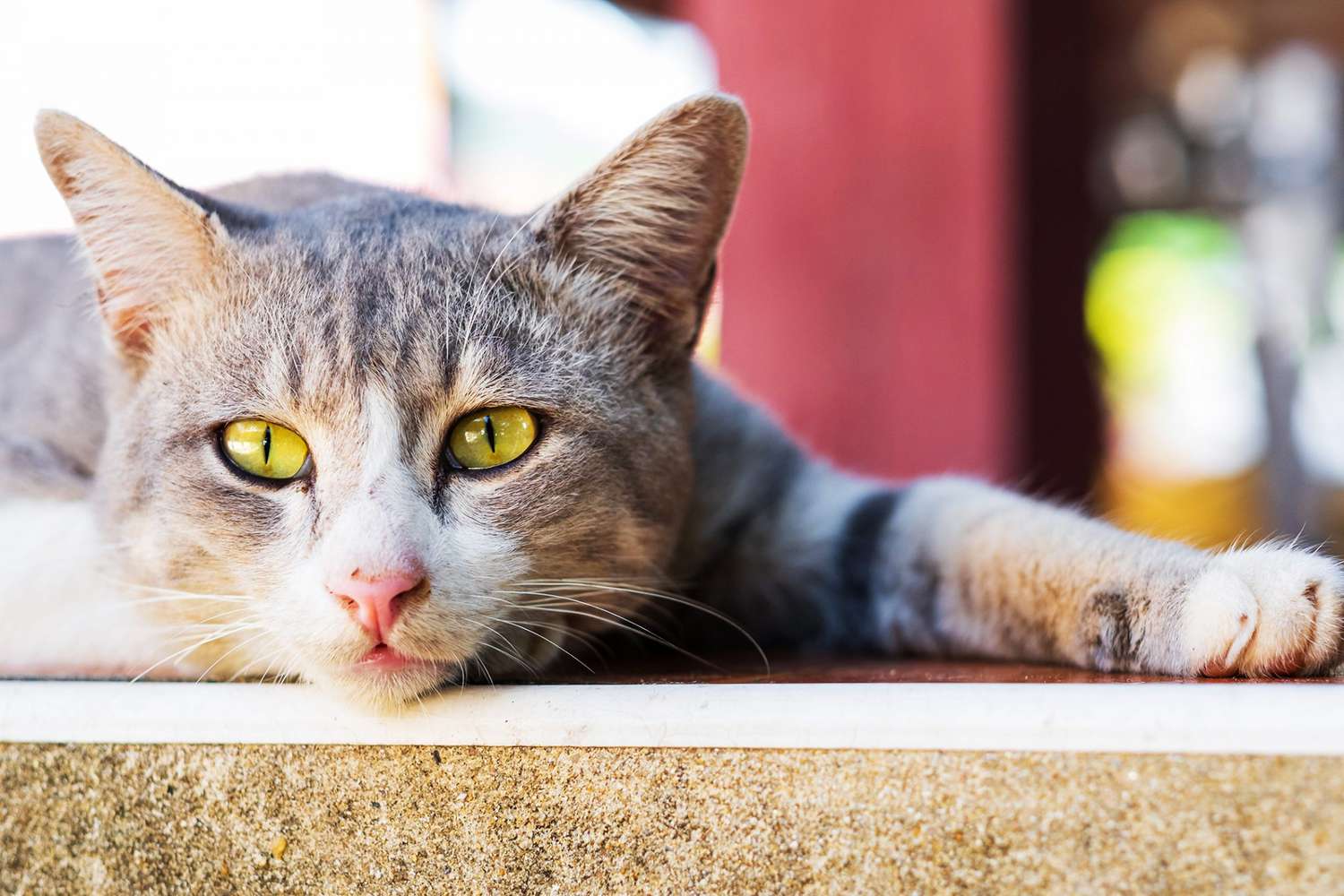
Cat Cant Pee Signs He May Have A Urinary Blockage Daily Paws

Feline Perineal Urethrostomy Ventral Approach - Todays Veterinary Practice
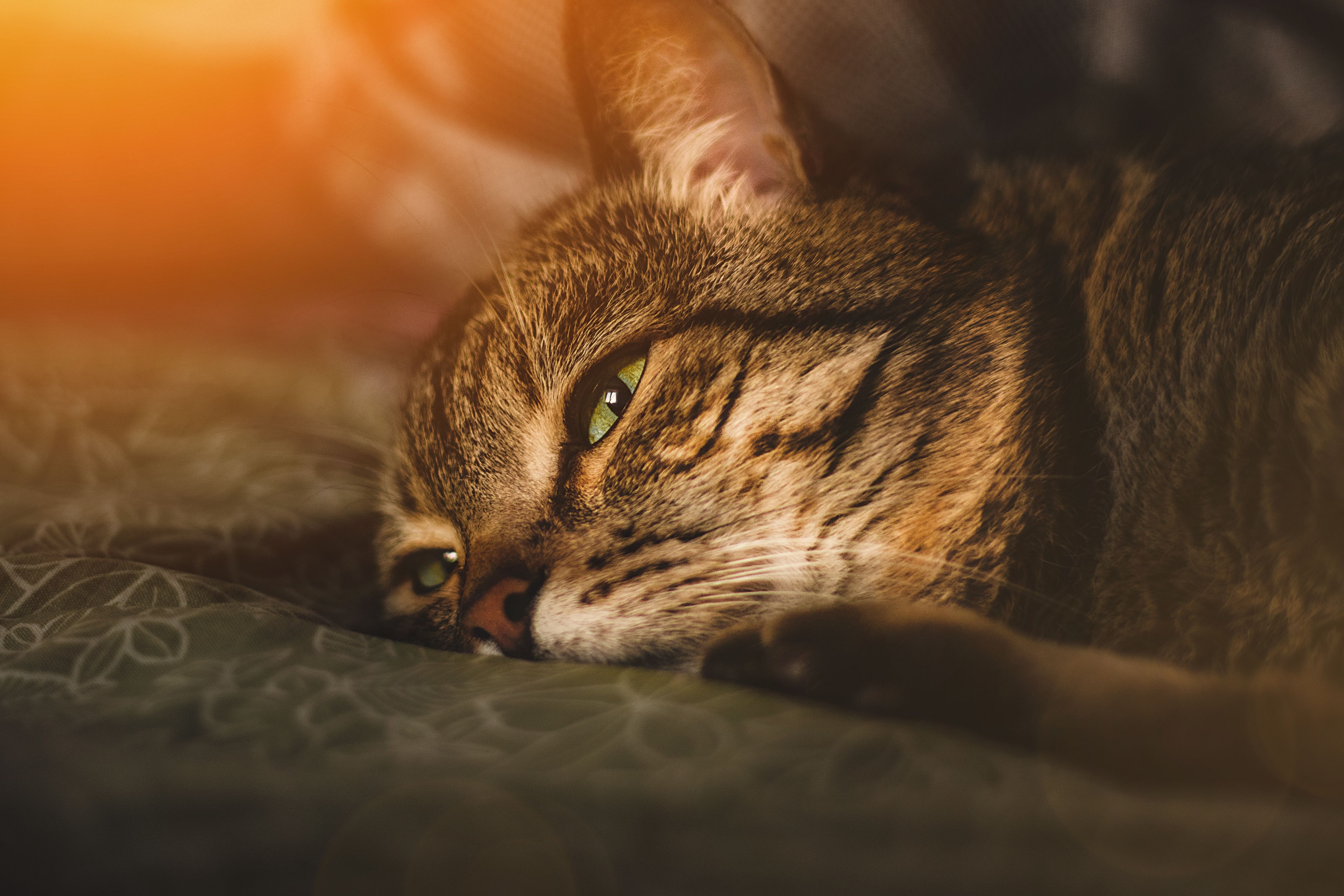
Managing The Common Comorbidities Of Feline Urethral Obstruction
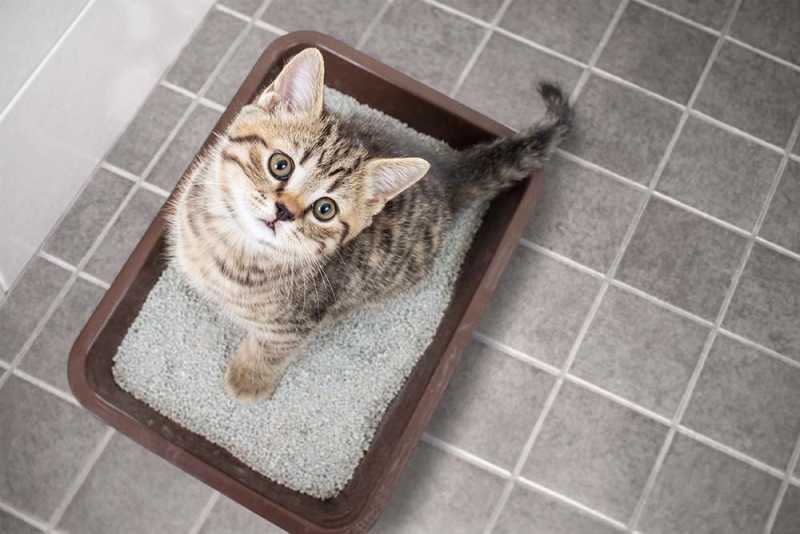
Urinary Obstructions In Cats Small Door Veterinary
2
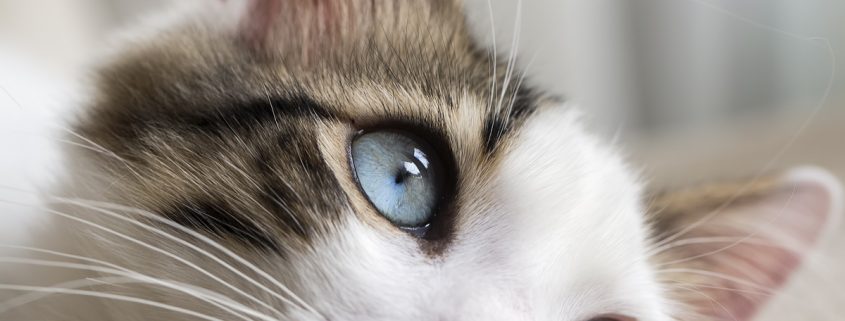
What To Know About Perineal Urethrostomy In Cats - Focus And Flourish
Perineal Urethrostomy Cat Side Effects. There are any Perineal Urethrostomy Cat Side Effects in here.